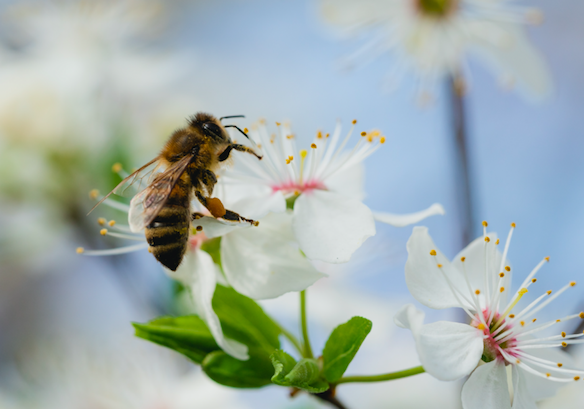At the last Royal Geographical Society meeting in London, the Earthwatch Institute declared the ultimate pollinator, the bee, the most important living species on Earth.
The reason the bee has been given this title is because 70 percent of the world’s agriculture is dependent on these pollinators, according to Science Times.

It’s no secret that bees are vital to sustaining life. According to Science Times, 90 percent of the bee population has disappeared over the last few years. This has, tragically, landed the little insect a spot on the list of endangered species.
The reason why bees are dying out can be attributed to a number of factors. The use of toxic pesticides, rampant deforestation and lack of bee-friendly garden plants are some contributing factors. Read: Holland covers bus stops with plants for honeybees.
There are many ways to help our local bee population from the comfort of home. While this may not have a significant impact on the declining bee population, a little help is better than no help at all.
Also read: Notre-Dame roof could be rebuilt as greenhouse and beehive.
– Plant pollen and nectar-rich plants that occur at different times in the year, so that there is always a food source for them. Plant options include strawberries, lavender, Cape gooseberry, beans, peas, buchu, milk weed, ericas, ribbon bush, hollyhock, arum lilies and more.
– Use organic, home-made herbicides on your plants rather than chemical pesticides. Adding white vinegar, salt and lemon to water or crushing cloves of garlic and mixing it with water into a spray bottle can help deter pests while not harming bees.
– Add a small water source into your garden, like a shallow bird bath
– Build or buy a bee house. These little insects need shelter in order to nest, by creating a bee house for them, it may encourage more bees to your garden. Watch below to see how to build a bee house:
Image: Unsplash















